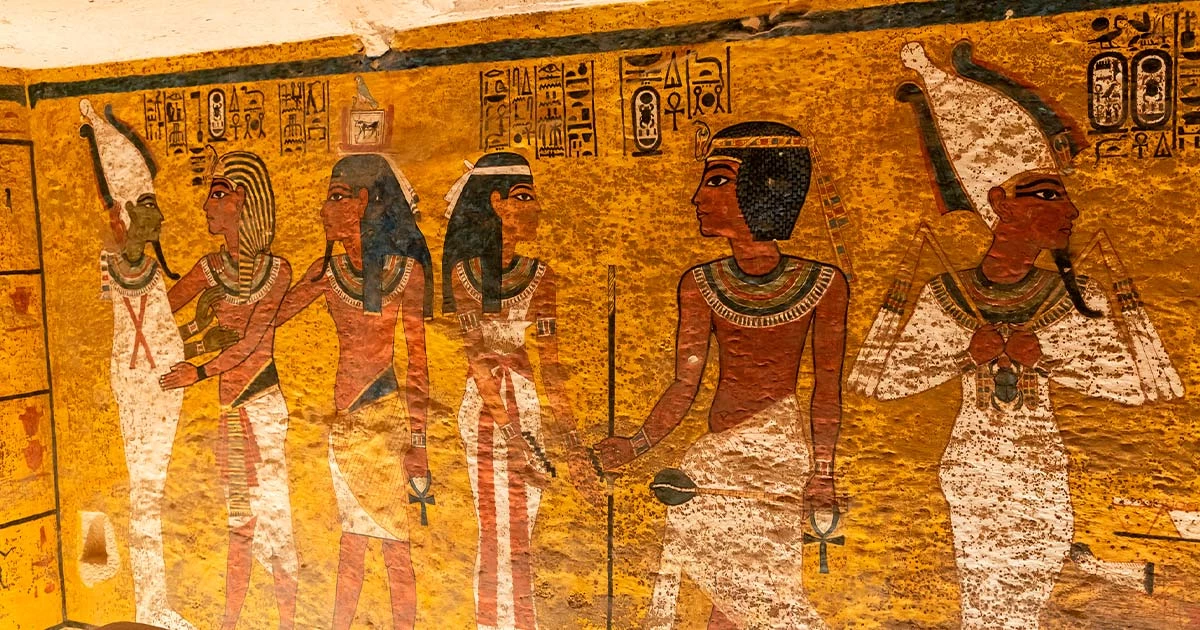The state of King Tut’s burial chamber raised concerns in 2012, and these prompted conservationist Adam Lowe and his team to embark on a groundbreaking mission. Faced with the challenge of decay, they harnessed technology to create a meticulous 3D model spanning 860 square feet (80 square meters).
This innovative approach allowed for the preservation of intricate details beneath the surface, previously unseen by the naked eye. By sharing the high-resolution scans with the academic community, Lowe facilitated unprecedented scrutiny of Tut’s burial chamber.
Dr. Nicholas Reeves, captivated by the surface scan’s revelations, made a remarkable observation—an indication of two potentially concealed doorways on the north wall. Stripped of paint, the scans exposed faint lines that Reeves believes outline hidden passages.
Astonishingly, these subtle markings, overlooked since Howard Carter’s discovery in the 1920s, hint at the possibility of undiscovered spaces within the iconic tomb.
- The Legendary Curse of King Tutankhamun’s Tomb
- Why was King Tutankhamun Buried with Two Babies?
Top image: Tutankhamun’s tomb which may contain secret doors. Source: Sergii Figurnyi / Adobe Stock.
